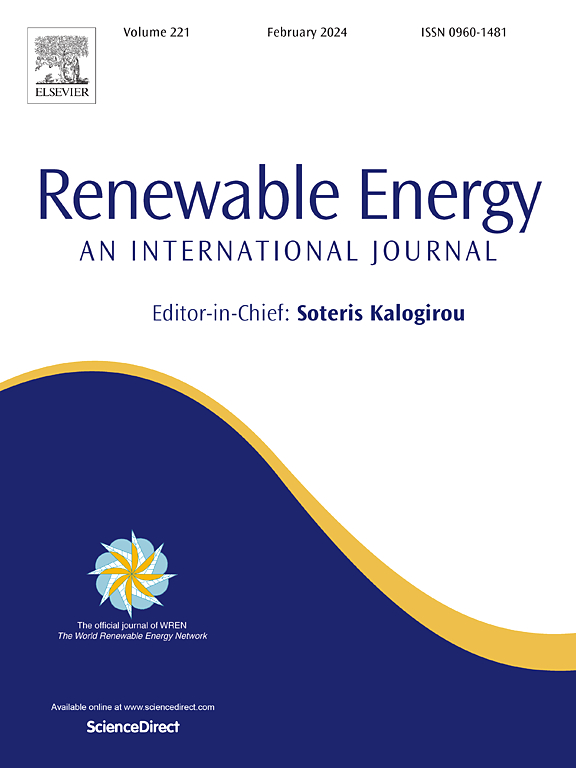Effects of copper stearate on the premixed combustion and emission performance of jatropha biodiesel
IF 9
1区 工程技术
Q1 ENERGY & FUELS
引用次数: 0
Abstract
Metal-organic complexes can significantly improve the combustion efficiency of fuels and reduce harmful emissions. In this study, the pyrolysis, oxidation, and combustion characteristics of Jatropha biodiesel containing 200 ppm copper stearate were systematically investigated using thermogravimetry-Fourier transform infrared spectroscopy-mass spectrometry (TG-FTIR-MS), spectral analysis, flue gas analysis, high-resolution transmission electron microscopy (HRTEM), and ReaxFF-MD simulations. The results revealed that with the addition of copper stearate, the activation energy (Ea) for pyrolysis and oxidation reactions decreased by 8.04 and 9.40 kJ/mol, respectively. This promoted the generation of C2 and CH free radicals and increased the OH intensity at the left and middle axial positions of the flame by 66.11 % and 69.56 %, respectively. In addition, the CO, PM2.5, and PM > 10 emissions decreased by 4.0 %, 7.5 %, and 13.2 %, respectively. Further, the average size of soot particles decreased by 3.2 %, and the spacing between polycyclic aromatic hydrocarbons (PAHs) layers increased by 7.2 %. However, the NOx emissions increased by 7.8 %. These findings indicate that copper stearate significantly improves the combustion efficiency of Jatropha biodiesel and reduces the emission of various pollutants, though its impact on NOx emissions should also be considered. Overall, this study provides useful theoretical insights for optimizing biodiesel combustion performance and pollutant control.

求助全文
约1分钟内获得全文
求助全文
来源期刊

Renewable Energy
工程技术-能源与燃料
CiteScore
18.40
自引率
9.20%
发文量
1955
审稿时长
6.6 months
期刊介绍:
Renewable Energy journal is dedicated to advancing knowledge and disseminating insights on various topics and technologies within renewable energy systems and components. Our mission is to support researchers, engineers, economists, manufacturers, NGOs, associations, and societies in staying updated on new developments in their respective fields and applying alternative energy solutions to current practices.
As an international, multidisciplinary journal in renewable energy engineering and research, we strive to be a premier peer-reviewed platform and a trusted source of original research and reviews in the field of renewable energy. Join us in our endeavor to drive innovation and progress in sustainable energy solutions.
 求助内容:
求助内容: 应助结果提醒方式:
应助结果提醒方式:


